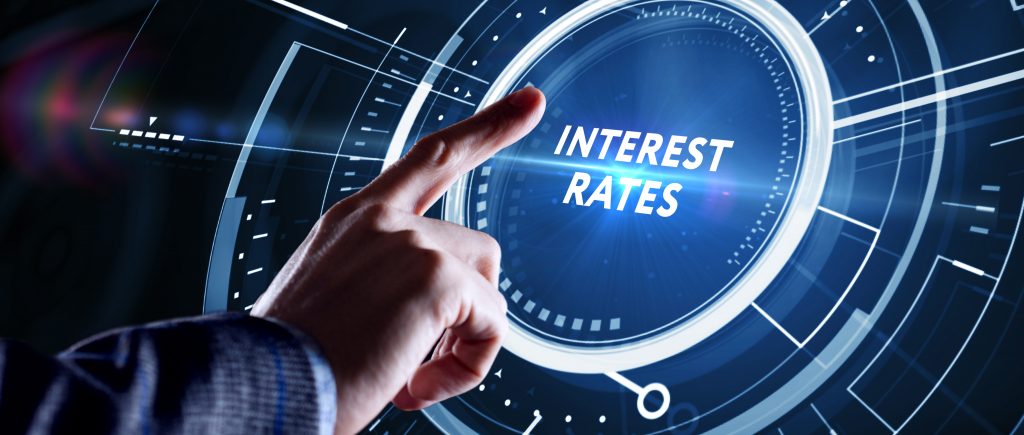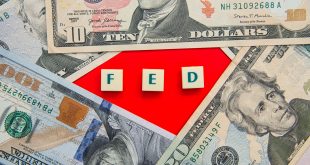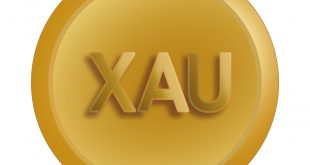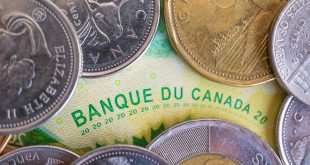The US central bank is expected to skip an interest rate hike at the end of its two-day meeting later this week, but consumers may not feel any relief. The central bank has already raised interest rates 11 times since last year, the fastest pace of tightening since the early 1980s.
Recent data shows that overall growth is holding steady as consumers continue to spend, but the labor market is beginning to loosen from historically tight conditions. Inflation has shown some signs of cooling even though it remains well above the Fed’s 2% target.
Despite a break in rate hikes, the Fed is seen by the majority of observers as at nowhere close to cutting rates. Rates remain high and will stay there for a while. Credit card rates top 20%, mortgage rates are above 7%, adjustable-rate mortgages (ARMs) and home equity lines of credit (HELOCs) are pegged to the prime rate, and the average rate for a HELOC is up to 9.12%, the highest in 22 years.
Auto loan rates top 7%, with payments getting bigger because the price for all cars is rising along with the interest rates on new loans. The average rate on a five-year new car loan is now 7.46%, the highest in 15 years. Experts say consumers with higher credit scores may be able to secure better loan terms or shop around for better deals.
Car buyers could save an average of $5,198 by choosing the offer with the lowest APR over the one with the highest, according to a recent report from LendingTree. Federal student loans are now at 5.5%, with fixed rates, meaning most borrowers aren’t immediately affected by the Fed’s actions.
Undergraduate students paying 5.50% on new direct federal student loans have increased from 4.99% in 2022-23 to 3.73% in 2021-22. Interest is accruing again as of Sept. 1, and millions of borrowers will make their first loan payment in October. Private student loans have variable rates, or Treasury bill rates, causing borrowers to pay more in interest. Average rates have risen significantly in the last year, but they are still very low compared to online rates.
Top-yielding online savings account rates are now paying over 5%, which is the most savers have been able to earn in more than 15 years. If the Fed skips a rate hike at its September meeting, those deposit rate increases are likely to slow.
The main topic of discussion at this week’s policy meeting of the Fed will be what, if anything, should be done next. Even if economic growth exhibits unexpected tenacity, inflation appears to be on a glide route downward. Fed officials must consider whether raising interest rates even further is necessary to effectively combat inflation. The mood of meeting chair Jerome Powell’s post-meeting news conference may provide crucial hints regarding policymakers’ prevalent attitude.

 Noor Trends News, Technical Analysis, Educational Tools and Recommendations
Noor Trends News, Technical Analysis, Educational Tools and Recommendations




